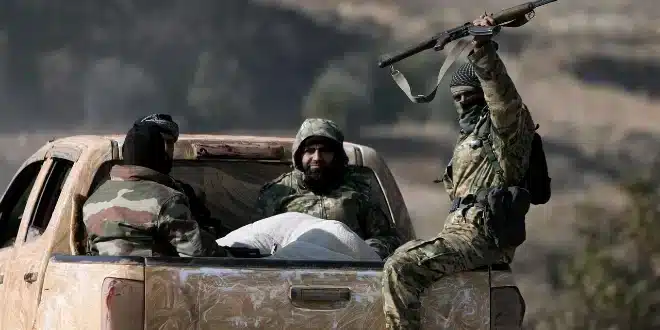As of December 2024, Syrian rebel forces have advanced to within 20 kilometers of Damascus, marking a significant shift in the ongoing civil war. The rebels, including forces from the Syrian National Army (SNA) and Hay’at Tahrir al-Sham (HTS), have gained ground after launching a series of successful offensives across various regions. These advances have followed the capture of major cities like Aleppo, Hama, and Deraa, and more recently, the strategic city of Sanamayn, located in southern Syria.
This rebel push towards the capital is a direct challenge to the Assad regime, which has long relied on Russian and Iranian support to maintain control. However, the support from these key allies has been weakening due to their focus on other conflicts and internal issues. Hezbollah, another major backer of Assad, has also been stretched thin after facing setbacks in its own battles with Israel.
The capture of territories like Sanamayn, which is just 20 kilometers from Damascus, poses a serious threat to the government’s hold on the capital. Rebel forces are making coordinated efforts to cut off key supply routes and target Assad’s military infrastructure. In response, the Syrian military has been scrambling to reinforce defenses and launch airstrikes to push back the opposition. The growing instability in the region is a cause of concern for both local and international actors, as the conflict risks spreading beyond Syria’s borders.
This escalation also highlights the broader regional impact, with various foreign powers closely monitoring the situation. The future of Syria remains uncertain, with the potential for increased conflict or new diplomatic efforts aimed at resolving the long-standing civil war.


